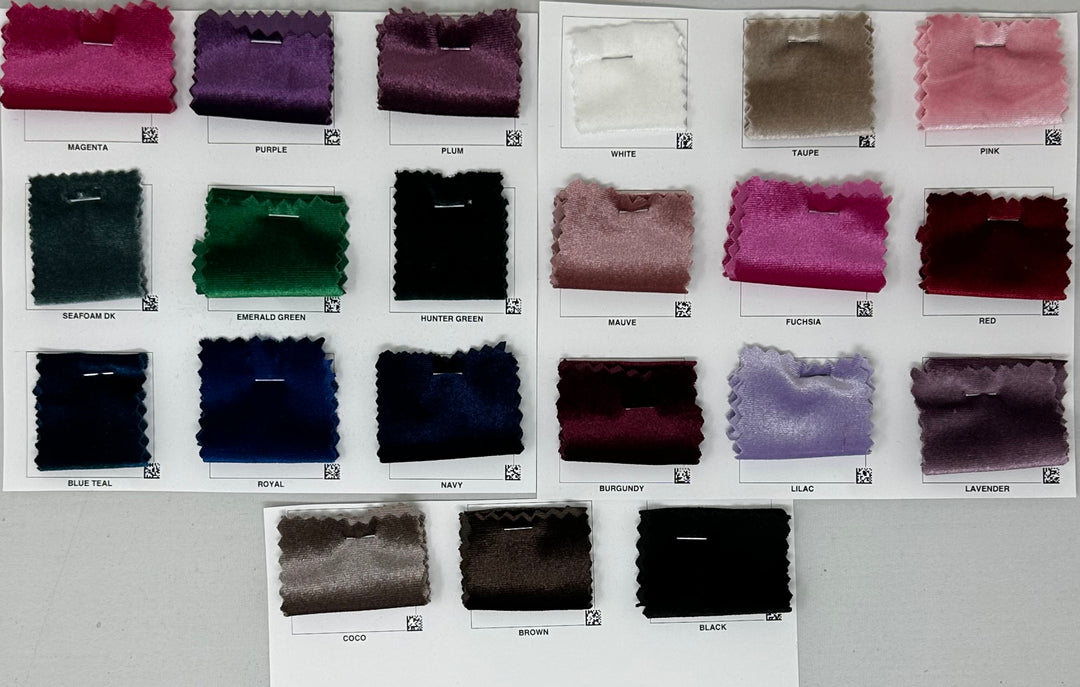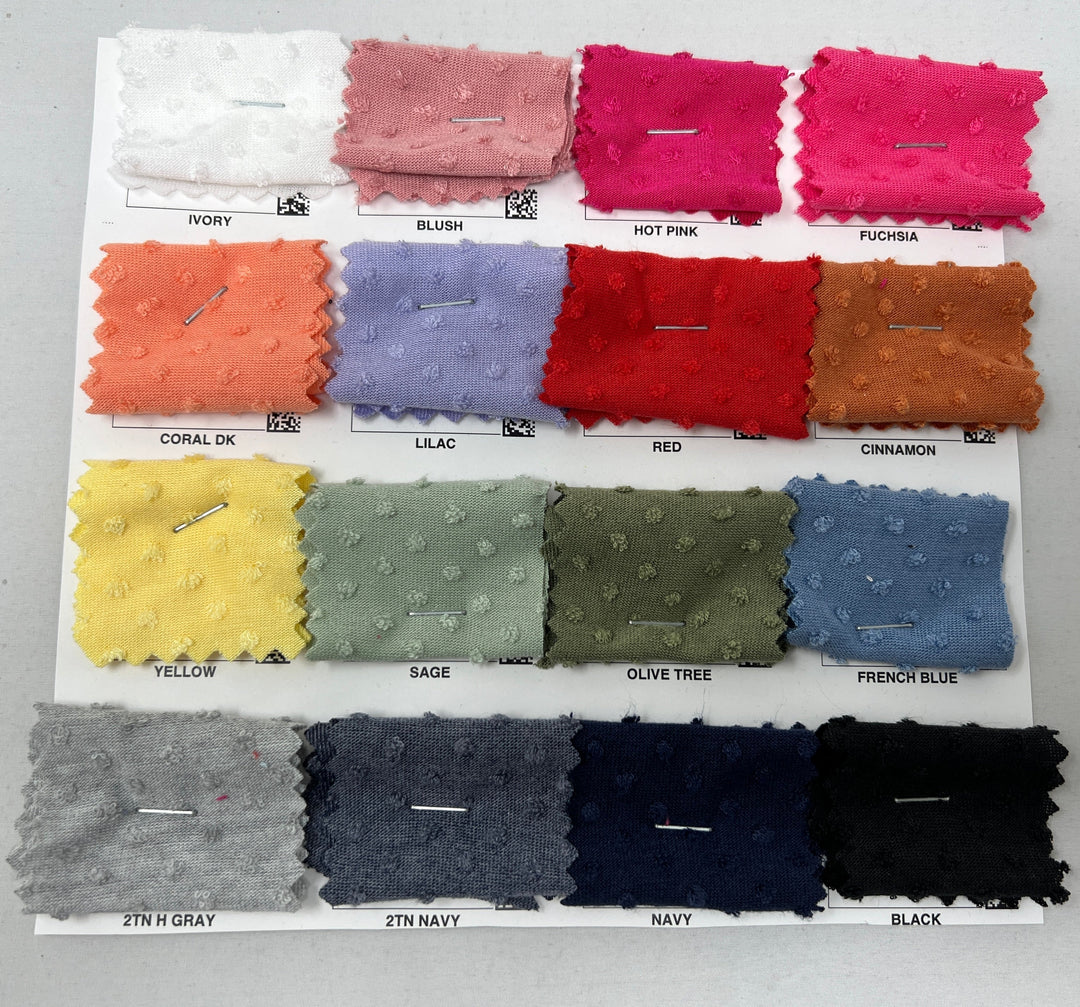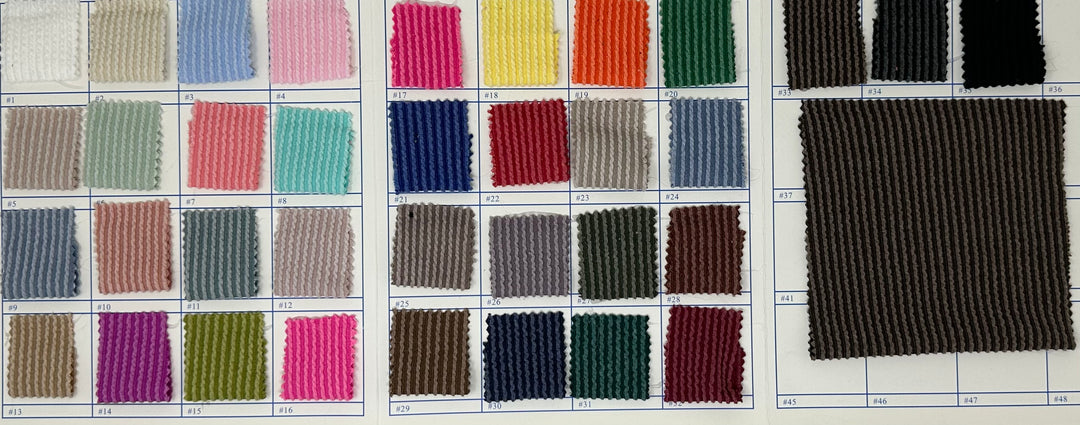How To Choose the Best Fabric for Clothing


Picking the right fabric for your project can make or break the piece. You could end up with a disaster of a clothing item if you’re not careful. Do you need a refresher course to help you choose the best fabric for clothing projects? Keep reading to discover ways to help you make the right choice.
Fabric Properties and Characteristics
Knowing the properties of fabrics can help you decide which material is ideal for your clothing project. These properties let you know how outside forces will affect the fabric. Does it pile easily? Will it hold up in the washing machine? Let’s explore five common materials and their properties.
Linen
Linen is a naturally breathable fabric that provides amazing comfort. You should consider linen if you are making a piece of clothing for a vacation to a warm destination. Keep in mind that it’s not a resilient material. It doesn’t provide a lot of stretch when worn.
It’s a great material for beginners and is easy to wash. Simply toss it into the washing machine, and it will become softer with each wash. Plus, you don’t have to worry about it shrinking. Linen is also perfect for sheets because it helps keep people cool during the warm seasons.
Jersey
Originally made from wool, Jersey is excellent for clothing items that keep you warm. This stretchy knit fabric provides a multitude of comfort all day long. It doesn’t shrink, and it’s a resilient and durable fabric. You won’t need to worry about it wrinkling. It’s great for packing or for people who aren’t excited about folding clothes right away.
Ensure you understand how to launder Jersey fabric. Wash it in cold water or by hand for the best results. Many sewing enthusiasts use Jersey for shirts, dresses, sweatshirts, and t-shirts. Have a bit of practice with other materials before taking on a project using jersey fabric.
Cotton
There’s a reason why the commercials say “the fabric of our lives.” Many people love using cotton for clothing items, furnishings, and bedding. Cotton is a natural material that is easy for any sewer to work with. It’s incredibly absorbent and easy to care for. As you’re probably aware, cotton does shrink.
The comfortability and breathability of cotton are why it’s stood the test of time. If you’re looking for a low-maintenance, sustainable, and hypo-allergenic material, the answer is cotton.
Silk
Is there a fabric more luxurious than silk? The thermoregulating properties of silk keep you cool during the summer and warm during the winter. Its lightweight nature allows for good circulation and superior breathability.
When it comes to care, silk is “dry-clean only.” Despite its illusion of delicateness, it’s a strong natural material. The filaments adhere together, so you won’t need to worry about it fraying or being pulled apart. Silk is also resistant to odors and dirt.
Many people with curly hair trust silk with their curls. Its smooth fibers won’t cause friction, so it helps keep the hair soft and supple throughout the night without tangling the strands. Silk is great for dresses, undergarments, bedding, and more.
Wool
When you think of a material meant to keep you warm and cozy, which fabric do you think of? It’s most likely wool. Wool is like a warm hug with a high breathability factor. One of the best things about this material is that it keeps you warm even if it gets wet.
Wool has moderate drape qualities, and you should take on a few other sewing projects before working with it. It’s a superb insulator and will keep you warm all winter long. You’ll love the odor-resistant properties of this fabric, too.
Get to know these different materials before you head to the fabric store or shop online. Understanding the various materials will help simplify your shopping experience and narrow down the fabrics you choose for your clothing project.
Analyze the Fabric Drape
You may be wondering, what’s fabric drape? It determines how the fabric flows. Stiff materials have less drape than fluid fabrics. Don’t confuse drape with weight. These are two different terms, and drape will affect how the garment looks on an individual.
If you want a flowy dress, pick a thin fabric with a lot of drape, such as chiffon. This material will allow the fabric to flow around your body with ease. Denim is a heavier fabric with less drape. I think we all know how stiff denim can be.
Consider Fabric Weight
Do you know how to measure fabric? You measure fabric in GSM or grams per square meter, which tells you how heavy or light your material is. It’s another way of measuring the thickness or thinness of a fabric. A quick tip: you don’t have to measure the material at the store. You can wait until you get home.
There are three separate weight categories: lightweight, heavy-weight, and medium-weight. Some examples of fabrics for each type include:
- Lightweight- organza, chiffon, taffeta, and voile
- Medium-weight- sateen, velvet, cambric, and chambray
- Heavy-weight- denim, twill, wool felt, hessian
Dying and printing are two factors that can impact a material’s weight.
How Does the Fabric Stretch?
Each material has a different elasticity. Some fabrics have stretch, and others…not so much. Stretch tells you how well a fabric can bounce back to its original shape after being, you guessed it, stretched out.
How much stretch you want the fabric to have will depend on the clothing item you’re sewing. If you’re working on a pair of workout pants or an athletic shirt, you’ll need something more elastic. The elasticity isn’t as important if you’re working on something flowy.
Keep in mind that a stretchier fabric may not work with the pattern you’re using. It can change how the final product fits you or the person you’re making the piece for. If you want to measure the stretch of a specific fabric, grab a ruler and stretch five inches of material over the ruler until you feel resistance. Ensure you hold one end on the zero mark to get a proper measurement.
Now it’s time for the fun part, shopping for materials! Put all you’ve learned here to the test. You’ll choose the best fabric for your clothing project. Begin your search at Express Knit. We have a wide selection of materials, including DTY brushed fabric. We’re certain you’ll find the perfect fabric for your clothing collection.
















